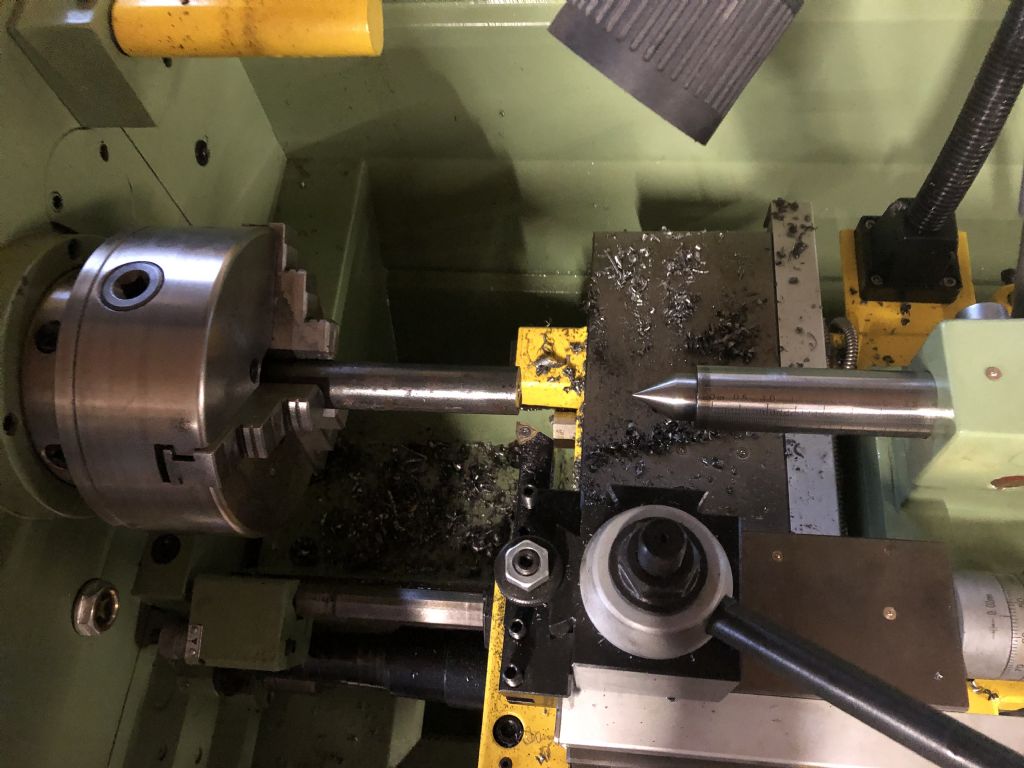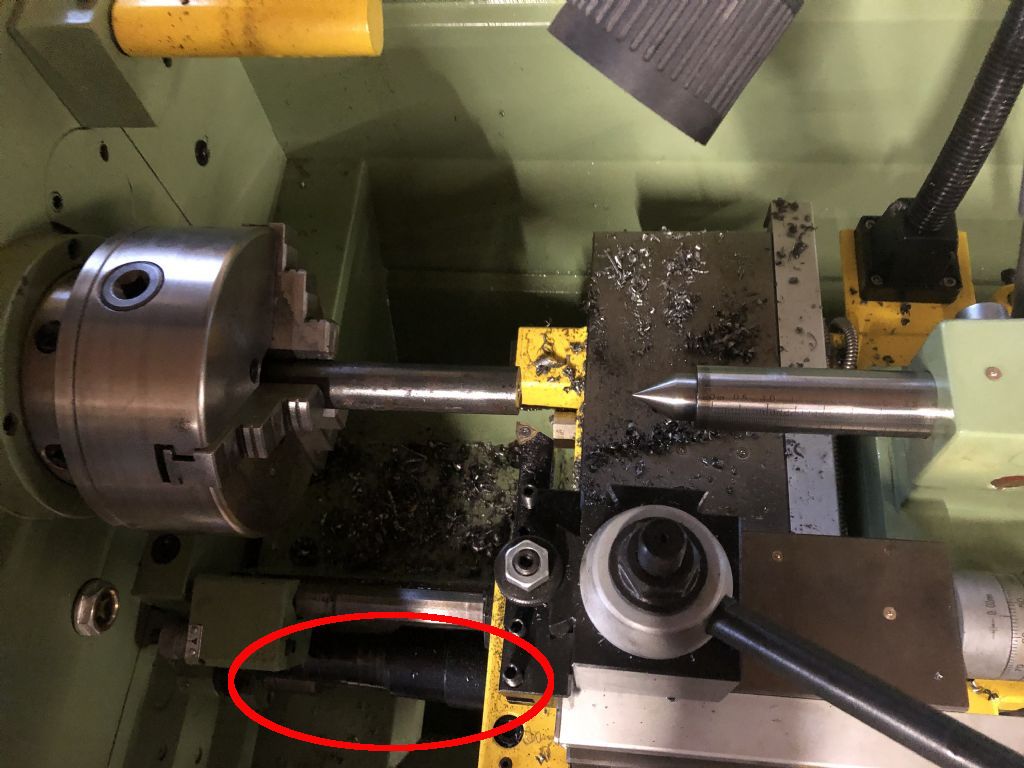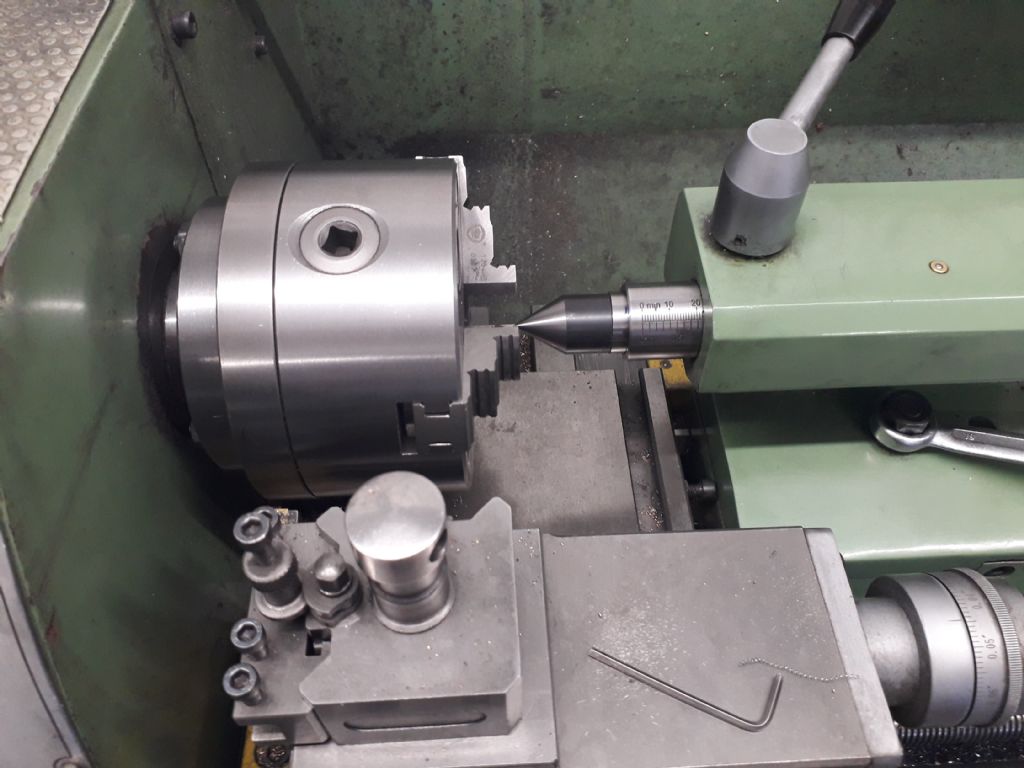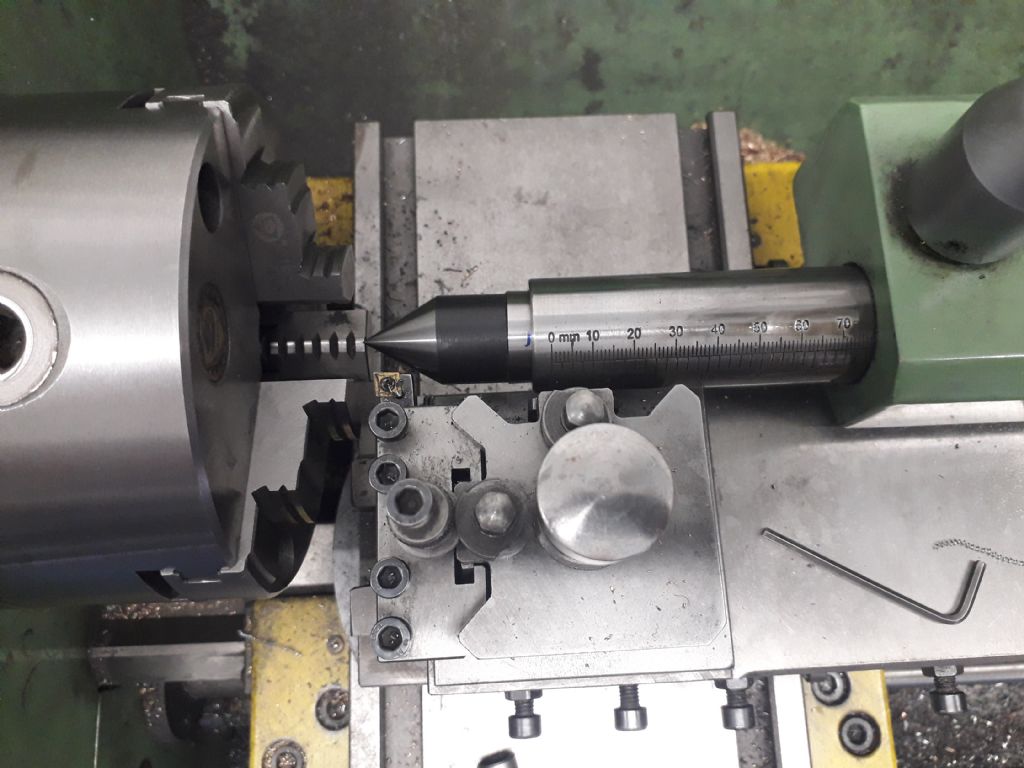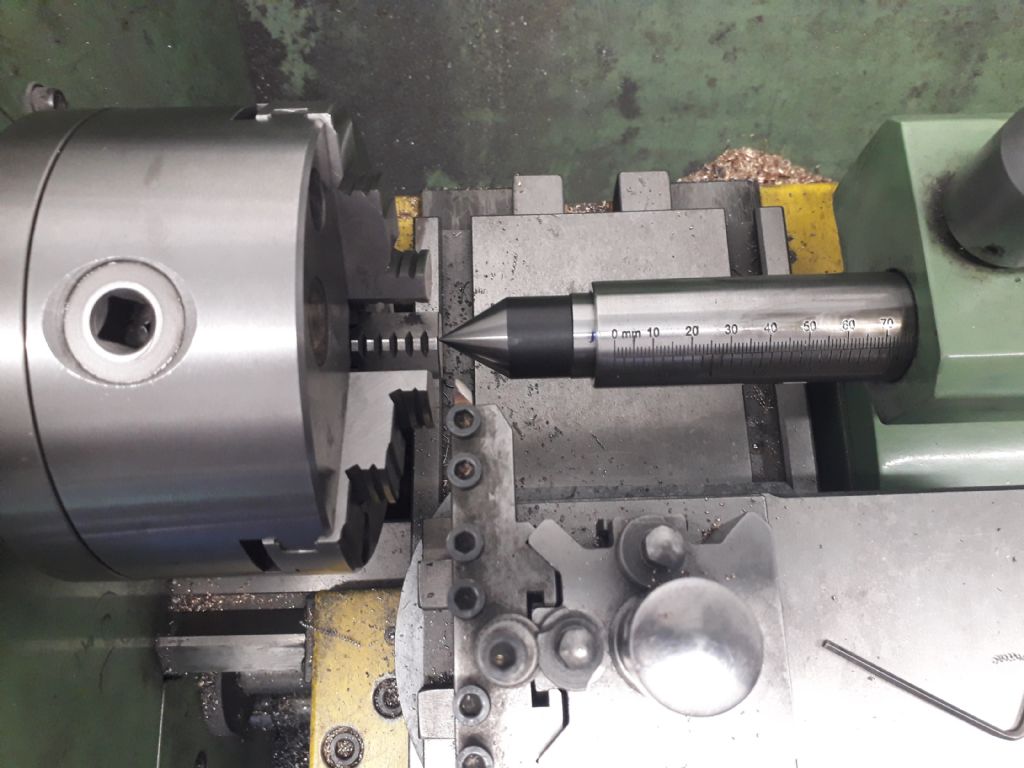Posted by IanH on 10/08/2019 08:27:34:
…
I think there was a huge amount of development based on testing and real life operating experience built into the design of all those old British (and probably EU and US) machines. The imported machines seemingly have all the right bits in all the right places, but they often do not seem to have spotted or understood the subtleties of the designs they are copying that make machines really work.
I am not sure either that the current supply chain is going to result in these subtleties being identified and incorporated in imported machines over time.
…
More likely the market isn't driving a need to add subtleties to a basically effective design. All engineering is a compromise and the average hobbyist values his money far more than expensive extras! Far Eastern suppliers are meeting that demand.
Back in the day, the position of British lathe makers was starkly different. After the Victorian boom rather too many makers were competing in a shrinking market for a type of lathe being steadily replaced by capstan lathes, automatics, numeric control and most recently CNC. Factories no longer wanted massed ranks of manual lathes however good they were. Because designing a new machine tool from scratch is expensive, many makers responded to falling sales by adding features and refinements. Most makers went to the wall. The smart ones stopped selling manual lathes altogether or exploited the educational market (now also gone), or sold manual lathes as a niche product to labs, prototyping workshops, refurbishers and small-run production specialists. All jolly good for us buying second-hand in 2019, but commercially doomed when it mattered because in the main lathe makers were swimming against the tide. Same story in the US and Europe: lathes.co.uk lists hundreds of business failures who once made beautiful equipment that no-one wanted.
Current industrial demand is for multi-axis machine centres, and, even though they have lathe features, the design has advanced so far the machine doesn't look much like great-grandad's Drummond or my Chinese lathe at all. Unfortunately I don't see CNC wonders ever finding their way into a home workshop.
Market forces are both powerful and stupid. Sometimes they work in our favour by driving improvement which is why we have wonderful cars, communications and electronics. Other times conditions favour a race to the bottom, like Love Island on TV. Generally though, making and selling cheap tat tends not to last because there isn't much profit in it. All industrial nations start by making junk, I can remember when 'Made in Japan' was a synonym for rubbish, today Japan is strongly associated with quality. My history books tell me Birmingham was once world famous for gewgaws and cheap guns. The tat phase doesn't last, Birmingham has long since moved on and China will too.
Perhaps one day hobby machines will become excellent. When I first encountered Chinese lathes 30 years ago they had a very poor reputation. Slowly but surely they've improved and recently improvements like brushless motors have been added, presumably to attract customers who may be getting more picky. CNC manufacture offers interesting possibilities to hobby customers. Mass-production is the cheapest way to manufacture but it's expensive to set up in the first place. It only pays when large volumes will be sold, and hobby lathes are not mass-market items. Being general purpose, CNC doesn't have the same start-up overheads as mass-production. This opens the door to affordable low-volume quality production, which might be applied to making hobby tools of advanced design, perhaps in the West. Who knows?
I certainly don't. Not so long ago I suggested pre-Brexit would be a good time to buy a Chinese lathe because I expected the value of the pound to fall (it has,12% against the Euro and about 5% against the Dollar and Yuan), and this would push the cost of imports up. What I didn't predict was President Trump would lean on the Chinese (and Europe) by raising tariff barriers as part of his 'America First' policy or that the Chinese would counter US tariffs by dropping the value of the Yuan to compensate. In the UK this could make Chinese lathes cheaper, or more expensive, or cost no different because the effects balance out. I wonder what Nostrodamus has to say?
Reinforces another view I have about lathes. If you're a newcomer wanting to cut metal and are confused about complicated choices, don't dither and agonise. Any lathe is better than no lathe and owning one is a very good way of finding out what's what. You can always buy another one.
Dave
Vasantha Abey.


